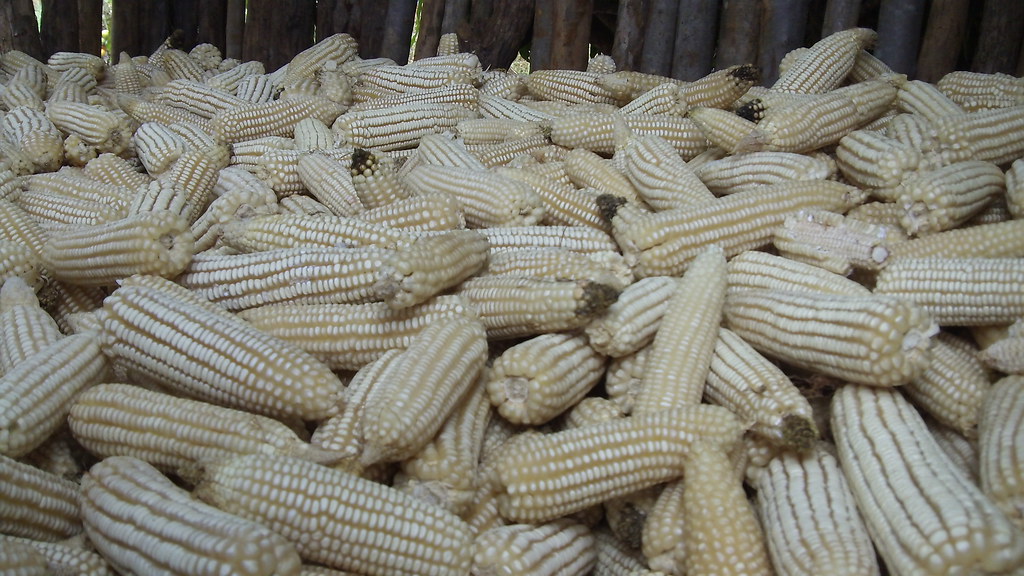GM TELA® Bt. maize is inspiring entrepreneurship and agri-processing in rural areas
The world population is projected to increase by 9.3 billion by 2050 and there is a consistent question on whether there will be enough food to meet the relative expected demand. In order to feed the growing population, estimations are that food production should increase by 70%. With that being said, the African continent has more than one quarter of the world’s arable land, that means that Africa has the highest opportunity to produce the bulk of the projected food production. It also said that stimulating agricultural productivity primarily depends on the adoption of improved agricultural technologies, including improved crop varieties such as transgenic crops that are largely linked to the impact on yield, profitability and food security. This is crucial for staple crops like maize. However, most countries in Africa have not been open to the idea of adopting agricultural technologies. As such, many have lower yields and are food insecure.
In 2016, the African Agricultural Technology Foundation (AATF), based in Nairobi, Kenya released the TELA® Bt. maize variety in seven African countries. The countries include Kenya, Zimbabwe, Tanzania, South Africa, Uganda, Mozambique and Zambia. Attributes associated with this maize variety include high yields as this variety is tolerant to drought and resistant to pests such as stem-borers.
In South Africa, this variety was introduced to smallholder farmers in Mpumalanga and Limpopo provinces through trials by the Agricultural Research Council (ARC) in partnership with the AATF. The introduction of this variety to smallholder farmers is in line with the key national priorities of food security and rural economic development as stipulated in the NDP 2030. Farmers who plant this variety are buying the seeds from local seed companies.
A recent study regarding the TELA® Bt. maize planting households which was conducted by the Agricultural Research Council (ARC) in Mpumalanga and Limpopo revealed that TELA® Bt. maize farmers get 61.1% more yield as compared to the normal maize varieties used by other farmers.
Not only did the TELA® Bt. maize improve farmers’ yields, but it has inspired the villagers in to invest in processing as well. For example, more than 60% of the farmers who are planting this variety are processing their harvested maize into mealie meal, flour and samp. One female farmer has told us how she was inspired by the higher maize yield to invest in maize processing plant. The farmer purchased few processing machines such as shilling machine and the processing plant machine for TELA® Bt. maize processing. She also provides processing services to other maize farmers around her area, at a cost, and mentioned that she is making a good income from this business adventure. Farmers from the study areas have also stated that they are delighted because they are no longer buying mealie meal from the supermarkets, as they now process their own maize.
Overall, farmers indicated that since the adoption of this variety, they save on purchasing pesticides due to reduced incidents of pest infestation. Hence, they earn more income from increased yields and can afford to access nutritious food.
The maize processing machines bought by a female TELA® Bt. maize farmerNow imagine if this could be scaled-up to most rural areas. The impact would be massive and could contribute to the NDP 2030 goal of creating strategies to include smallholder and black farmers in the agro-processing value chains. This goal is envisaged to afford poor producers greater collective market power such as developing partnerships. During the ARC field work it was observed that not all villages had the necessary processing facilities, and farmers also indicated that the cost of TELA® Bt. maize seed is high. It is therefore recommended that public private partnerships be established to assist the farmers with affordable improved seeds, technology transfer and agro-processing infrastructure.
Lesiba Pertunia Mailula, Research Assistant, Agricultural Research Council



